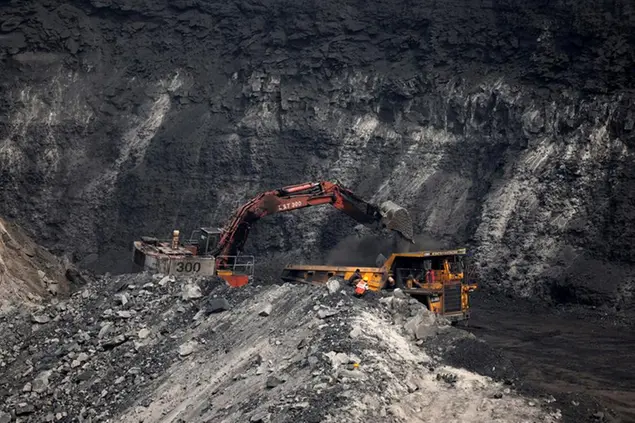PHOTO
India ramped up coal-fired and gas-fired generation to meet record load during the prolonged heatwave in May and June, underscoring the electricity system's continuing reliance on fossil fuels despite rapid growth in renewables.
The transmission network met record loads in both May and June, totalling 309 billion kilowatt-hours (kWh), up from 275 billion kWh in the same period in 2023 and 270 billion kWh in 2022.
Coal-fired generators surged production to a record 233 billion kWh, from 209 billion kWh in 2023 and 202 billion kWh in 2022, according to data from the Central Electricity Authority.
Gas-fired generators also boosted their output to 10 billion kWh, from 6 billion kWh in 2022, and the highest since 2020.
Chartbook: India electricity generation
State-owned and private-sector gas generators responded to government instructions to maximise output as well as the fall in imported gas prices compared with 2023 and 2022.
Gas-fired generators exceeded planned output by 60% in June and 70% in May, as plants ran at the equivalent of full load for more than a quarter of all hours in both months.
As a result, fossil fuel generators satisfied more than 80% of the increase in total load during the pre-monsoon heatwave.
IMPROVED GRID RELIABILITY
With so much extra generation available, the transmission network remained stable despite record airconditioning and refrigeration demand across northern India.
Transmission frequency fell below the minimum acceptable threshold of 49.9 cycles per second (Hertz) just 4.5% of the time in June and 2.3% in May.
Total periods of under-frequency had been cut from 6.5% in June and 9.8% in May 2022, according to performance data from Grid India.
Frequency is the most common used measure of grid stress, and periods of under-frequency show the grid struggling to generate enough to satisfy load.
Fewer, shorter periods of under-frequency this year show there was a more comfortable balance between generation and load, notwithstanding surging temperatures.
PLANNING AND OPERATIONS
India's fossil generators benefited from extensive planning, ensuring they entered the peak demand period with plentiful stocks that continued to be resupplied up throughout the heatwave.
Generators held a near-record 50 million of coal inventories at the end of April, up from 36 million tonnes at the same point in 2023, and the highest for the time of year since the pandemic in 2020.
During the heatwave, the country's coal mines despatched a record 145 million tonnes to generators in May and June, up from 133 million tonnes in May and June 2023 and 131 million in 2022.
Mines sent a record number of fully loaded coal trains to power plants, keeping stocks topped up despite record combustion and ensuring plants could start up when ordered by grid controllers.
The number of coal trains or "rakes" despatched to generators averaged 289 per day this year from 259 per day in May-June 2023 and 276 per day in May-June 2022.
Plentiful gas stocks in Europe and cheaper international LNG prices also helped, ensuring generators could afford to buy enough fuel to run plants for many more hours than in the last two years.
FOSSIL FUEL DEPENDENCE
In the last six years, India has deployed large amounts of renewable generation capacity, especially solar photovoltaic generation.
Renewable capacity has grown at a compound annual rate of 13% since the end of 2018, with solar capacity rising almost 24% per year, compared with annual growth of less than 2% in thermal capacity.
As a result, renewables accounted for a third of all capacity at the end of June 2024, up from a fifth at the of 2018. Fossil generators' share of total capacity had shrunk to 54% from almost 64% five years earlier.
During the heatwave, however, it was ability to run fossil fuel generators unusually hard, with enough affordable fuel on hand, that kept airconditioners working.
John Kemp is a Reuters market analyst. The views expressed are his own. Follow his commentary on X https://twitter.com/JKempEnergy
(Editing by David Evans)
